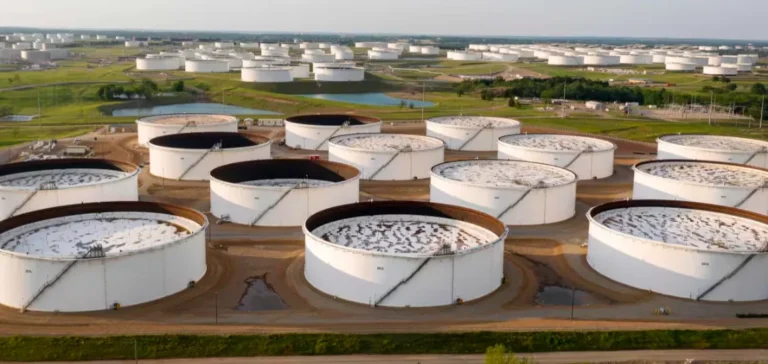US crude oil inventories increased by 3.5 million barrels last week, contrary to expectations of a 1.2 million barrel drop, according to data published by the Energy Information Administration (EIA). Excluding the Strategic Petroleum Reserve, total stocks now stand at 423.8 million barrels, the highest level in over four weeks.
This development is mainly attributed to a decline in refinery operations, with utilisation rates falling to 85.7% from 92.4% the previous week. This reduction comes amid the seasonal autumn maintenance period. A lower utilisation rate directly slows down crude processing, mechanically leading to a build-up in inventories.
Exports up, imports down
US oil production remained nearly stable, moving from 13.63 to 13.64 million barrels per day. Meanwhile, exports rose sharply by 24.4% week-on-week, while imports fell by 13.7%, according to the EIA’s weekly figures.
Domestic demand, measured by the volume of products delivered to the US market, declined to 19.73 million barrels per day. This drop pushed consumption back below the symbolic 20 million barrel threshold, a key indicator watched closely by market participants.
Sharp drop in propane and gasoline deliveries
By product category, gasoline demand fell by 5.2%. Propane and propylene volumes recorded an even steeper decline, dropping by 66.4% over the same period. These pronounced variations add to the seasonal trends already observed in refined product flows.
On the markets, the report’s publication did not trigger significant movement. North Sea Brent crude for December delivery was trading at $61.81, down 0.16%. West Texas Intermediate (WTI), the US benchmark, for November delivery remained nearly flat at $58.26, down only 0.02%.






















